An automated quantitative image analysis tool for the identification of microtubule patterns in plants
Data and Resources
-
Open Access PDFPDF
Traffic
-
Publisher TDM LinkAPI
Traffic
Additional Info
| Field | Value |
|---|---|
| Source | |
| Version | |
| Authors |
|
| Maintainer | |
| Maintainer Email | |
| Article Host Type | publisher |
| Article Is Open Access | true |
| Article License Type | |
| Article Version Type | publishedVersion |
| Citation Report | https://scite.ai/reports/10.1111/tra.12505 |
| DOI | 10.1111/tra.12505 |
| Date Last Updated | 2018-12-27T19:54:02.009367 |
| Evidence | open (via free pdf) |
| Funder code(s) | Gatsby Charitable Foundation (); H2020 European Research Council (); Bayer Crop Science () |
| Journal Is Open Access | false |
| Open Access Status | bronze |
| PDF URL | https://onlinelibrary.wiley.com/doi/pdf/10.1111/tra.12505 |
| Publisher URL | https://doi.org/10.1111/tra.12505 |
